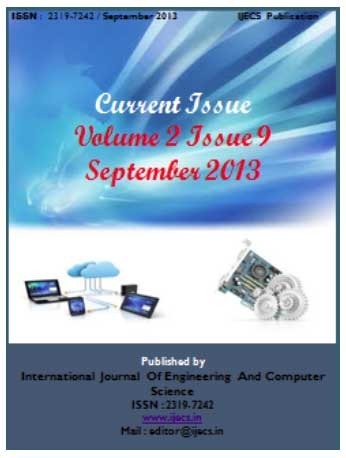Comparing (almost) identical papers – a steganographic exercise
 As those keen on encryption and decryption will know, there are quite a few documented methods by which ‘secret’ messages can be concealed within apparently straightforward-looking chunks of text. Indeed, the original meaning of the word ‘Steganography‘ is simply ‘concealed writing’. For example, two blocks of text which at first glance appear alike can have subtle yet crucial differences, say, in font spacing or vertical letter alignment. When the two blocks are digitally compared, the differences show up, revealing the hidden message (or a code to decipher it).
As those keen on encryption and decryption will know, there are quite a few documented methods by which ‘secret’ messages can be concealed within apparently straightforward-looking chunks of text. Indeed, the original meaning of the word ‘Steganography‘ is simply ‘concealed writing’. For example, two blocks of text which at first glance appear alike can have subtle yet crucial differences, say, in font spacing or vertical letter alignment. When the two blocks are digitally compared, the differences show up, revealing the hidden message (or a code to decipher it).
Take for instance the following paragraph (from the technical report ‘An Overview of Steganography‘ by Shawn D. Dickman, James Madison University Infosec Techreport, Department of Computer Science, 2007)
Viewed on its own, it probably has no hidden message. But compare it to this one :
It’s taken (instead) from TECHNIQUES OF DEFEATING STEGANOGRAPHY: A STATE OF ART SURVEY by Vishwajeet Singh, Mohd Aman, Vaibhav Gupta, and Mayank Parashar of the Dronacharya group of institutions, greater Noida, India. It was published five years after the paper above, in the peer reviewed International Journal Of Engineering And Computer Science, Volume 2 Issue 5 May, 2013 , pp. 1479-1486.
Given the very substantial swathes of text in the second paper which are seemingly identical to the first, (almost all of it in fact), Improbable wonders if there a possibility that the authors might be hiding something. If so, what could it be?
Please let us know (in code if you like).

Marc Abrahams's Blog
- Marc Abrahams's profile
- 14 followers





